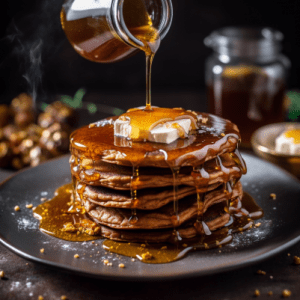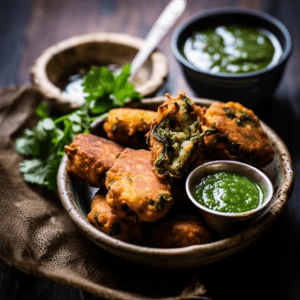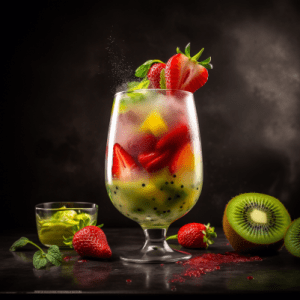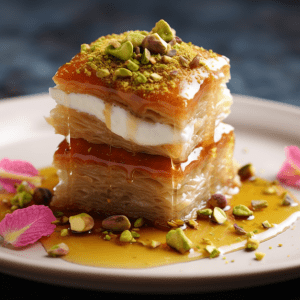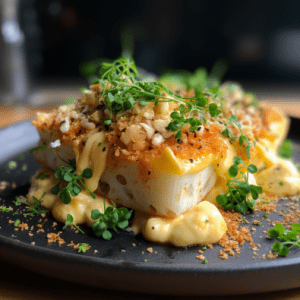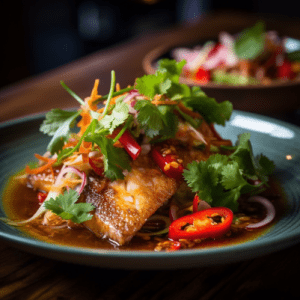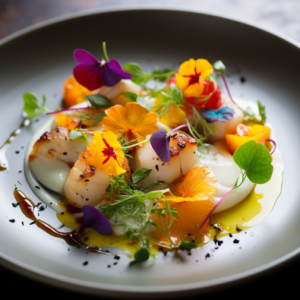Please note that some of the links on this website are affiliate links. I will earn a commission if you decide to make a purchase after clicking through the link. As an Amazon Associate I earn from qualifying purchases.
Game Stock for the Global Kitchen
In the world of classical French cuisine, few names carry as much weight as Auguste Escoffier. His legendary recipes have shaped the very foundation of modern culinary arts, including his Game Stock, a deep, complex broth infused with wild meats, aromatics, and time-honored techniques. But as the global palate evolves, so too must our approach to such foundational recipes.
With an emphasis on efficiency, sustainability, and international flavors, let’s explore how this traditional French stock can be adapted to suit the demands of modern chefs and contemporary kitchens.
The Foundations of a Classic
Escoffier’s Game Stock is a robust, slow-simmered broth featuring a variety of wild game meats—hare, pheasant, partridge, and rabbit—paired with a blend of aromatics like juniper berries, bouquet garni, and white wine. The resulting stock is a deep, flavorful base traditionally used in sauces, braises, and consommés.
The classical technique calls for long extraction over several hours, allowing for maximum gelatin release and flavor development. But while the time-honored method remains effective, modern culinary science and international techniques present new ways to achieve depth of flavor faster and with greater complexity.
Modern Game Stock Recipe
This game stock recipe is adapted for contemporary kitchens while maintaining the depth of flavor from traditional game-based broths. The stock is rich and aromatic, ideal for sauces, soups, and stews.
Yield:
Makes about 5 liters (1.3 U.S. gallons) of stock.
Ingredients
Nutritive Ingredients (Game Meats)
- 3 kg (7 lbs) mixed game meat trimmings (neck, breast, and bones)
(Preferably aged but fresh, using a mix of venison, pheasant, partridge, or rabbit) - 1 kg (2 ¼ lbs) hare or wild rabbit trimmings
- 2 whole partridges (or substitute with Cornish hens or quail)
- 1 whole pheasant (or substitute with duck or chicken)
- 2 whole wild rabbits (or substitute with farm-raised rabbit or more chicken thighs with bones)
Aromatic & Flavoring Ingredients
- 250 g (9 oz) carrots, roughly chopped
- 250 g (9 oz) onions, roughly chopped
- 1 bouquet garni (a bundle of thyme, bay leaf, and parsley, tied together)
- 15 juniper berries, lightly crushed
- 1 sprig fresh sage
Liquid
- 6 liters (1 ½ U.S. gallons) cold water
- 1 bottle (750 ml) dry white wine
Instructions
- Preparation of the Game Meat
- Rinse the game meat and bones under cold water to remove excess blood.
- If desired, roast the bones and meat trimmings at 400°F (200°C) for 30–40 minutes to enhance the depth of flavor. This step is optional but adds richness to the stock.
- Building the Stock
- Place all the game meat and bones into a large stockpot.
- Add cold water and bring the pot to a gentle simmer over medium heat. Avoid boiling to prevent cloudiness.
- As the stock simmers, skim off impurities and foam that rise to the top.
- Adding Aromatics
- Once the impurities have been skimmed, add the carrots, onions, bouquet garni, juniper berries, and sage to the pot.
- Pour in the white wine, which will enhance the aroma and flavor profile.
- Simmering
- Reduce heat to low and allow the stock to simmer gently for 4–6 hours, partially covered.
- Continue skimming occasionally for a clearer stock.
- Straining
- After simmering, remove the larger pieces of meat and bones with tongs or a slotted spoon.
- Strain the stock through a fine-mesh sieve or cheesecloth into a clean container.
- Discard solids, or pick off any usable meat for another dish.
- Cooling & Storing
- Allow the stock to cool to room temperature.
- Store in airtight containers in the refrigerator for up to 5 days, or freeze for up to 3 months.
The Global Influence: Rethinking Game Stock
1. A Japanese Approach: The Dashi-Fusion Method
In Japanese cuisine, the philosophy of maximum umami with minimal extraction time offers an exciting contrast to the slow-simmering French method. To modernize Escoffier’s stock:
- Use kombu (kelp) & katsuobushi (bonito flakes) alongside the traditional game bones to introduce natural glutamates for deeper umami.
- Replace prolonged simmering with controlled steeping (185°F / 85°C) to preserve delicate game flavors.
- A splash of white miso or aged soy sauce at the finishing stage can balance the broth with a subtle fermented complexity.
The result? A game-infused dashi that is lighter, more refined, and equally powerful in depth.
2. Nordic Innovation: Fermentation & Foraging
The Nordic food revolution has taught us that some of the best flavors come from nature’s wild offerings and slow fermentation processes. To give Escoffier’s stock a Scandinavian twist:
- Use charred onions & roasted parsnips to add layers of smokiness and sweetness.
- Swap juniper berries for pickled spruce tips or sea buckthorn to create brighter, pine-infused aromatics.
- Try lightly fermenting the game bones before simmering—this method, pioneered by Nordic chefs, intensifies umami while softening the stock’s gaminess.
3. Latin American Boldness: Smoke, Spice, and Depth
In Mexican and South American cuisines, stocks are often bold, smoky, and vibrant. A modern game stock influenced by Oaxacan and Andean flavors could incorporate:
- Achiote (annatto) or smoked pasilla peppers for a subtle heat and depth.
- Nixtamalized corn husks to introduce earthy sweetness, echoing the essence of traditional masa.
- Cacao nibs added at the final simmer, a technique from Oaxacan mole-making, to subtly enrich the stock with dark, bitter complexity.
The result is a game stock that leans into richness, warmth, and a smoky undertone—perfect for braises or tamale fillings.
Modern Culinary Techniques: Faster, Cleaner, More Efficient
With today’s kitchen innovations, there are ways to preserve the soul of Escoffier’s stock while adapting it for contemporary use.
1. Pressure Cooker & Autoclave Method
Instead of six-hour slow simmering, a pressure cooker or autoclave can extract the same deep flavors in under two hours. This method maintains clarity while drawing out maximum gelatin and umami from the bones.
2. Clarified Consommé via Ice Filtration
Rather than the traditional egg raft method for consommé, a modern technique involves ice filtration or agar gel clarification, yielding an ultra-clear, concentrated stock with a pristine mouthfeel.
3. Fat-Washing for Culinary Cocktails
High-end bars are now experimenting with fat-washed spirits, using stocks and broths to add depth to cocktails. A game stock-washed bourbon or mezcal could elevate an old fashioned with wild, umami complexity—perfect for a bold, savory drink experience.
Sustainability and Ethical Considerations
In today’s culinary world, responsible sourcing is just as important as flavor.
- Wild game should be sustainably harvested to maintain ecological balance.
- Plant-based alternatives can be developed using fermented mushrooms, smoked seaweed, and roasted root vegetables to create a vegetarian version of game stock with similar depth.
- Upcycling kitchen scraps—such as bones and aromatics—helps minimize waste and maximize efficiency in modern kitchens.
Final Thoughts: Honoring the Past, Innovating for the Future
Escoffier’s Game Stock is an iconic recipe, and while its foundations remain relevant, today’s chefs have the opportunity to reinterpret it through the lens of international influence, modern techniques, and sustainable innovation.
By embracing Japanese dashi methods, Nordic fermentation techniques, Latin American spice profiles, and contemporary kitchen science, we can elevate game stock into a versatile, global powerhouse of flavor—one that continues to evolve in the hands of modern culinary artists.
Which interpretation will you try next?

